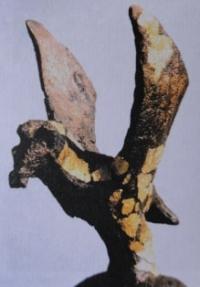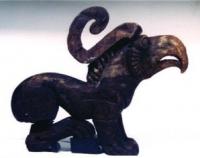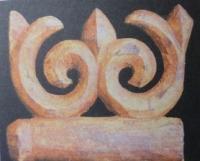You are here
Ancient nomads from Berel.



Mountain hiking in Kazakhstan Altai.
“Ancient aphorisms outlived centuries. Modern aphorisms can barеly survive from book to book”
Ljupka Cvetanova.
Ski trek in Kazakhstan Altai mountains.
Berel is located in a picturesque valley framed by majestic spurs of the ancient Altai mountains where slopes are covered with century-old woods of branchy birches, ever-green abies, larches and fur-trees. Crystal and noisy waters of Bukhtarma, Ak-Berel (Ak-Bulka) and Bulanty (Sokhatushka) are streaming downhill from the snow-white peaks.
This Kazakhstan's part of the Altai is located at the extreme east of the country on the border with Russia, Mongolia and China. It is the site where the international archaeological expedition of the Margulan Archaeology Institute worked in 1997 - 1999 in co-operation with a series of other research institutes and universities, East-Kazakhstan Historical and Regional Studies Museum, the Archaeological Mission of France in Central Asia and the Ligabue Research Centre of Italy.
The expedition was headed by Zeinolla Samashev. There are more than thirty barrows in Berel arranged in chains. The largest surface constructions witness that the ancient nomads buried their chiefs here and erected complicated burying-cult structures that served as original temples.
The dominating position of the valley and the amazing beauty of nature made this space sacred. The barrow is located in the mountains that are one of the World Tree versions, on the bank of a mountain river binding the upper and lower worlds.
This location was symbolic for ancient people who believed that the mountains facilitated the fast way to “the heaven's pastures”. Religious and mythological views of ancient nomads towards burials of humans as a process of escorting to the other world required a number of ritual actions that were performed in a sacred point of space and time, in a strictly-determined season, on the edge of natural cycles' change and in a determined, sacred place.
The importance of these rituals was related to the role of chief in the ancient world, to perception of him as the embodiment of a supreme deity on the earth, the basis of social harmony, the guarantor of well-being and order.
Hence, the death of the chief meant approach of chaos. Burial or escorting the chief to the other world enabled inauguration of a new leader and, therefore, meant restoration of harmony. Thus the burial ceremony was given a special sense, with the governor being accompanied by ritual attributes that had special meaning.
Death of a regal person was identified with transition to another world, to “heaven's pastures”. The chief entered in eternal life and remained powerful and immortal. That is why it was important to save his corporal shell imperishable.
For this purpose the dead chief was embalmed and placed in special conditions where the grave and its content were exposed to frost. Probably, the ancient nomads of the Berel steppe knew and used the natural-climatic conditions of the area and constructed such burial constructions that created artificial frost.
This fact was named “the phenomenon of frozen graves”. Due to this phenomenon the graves preserved to our days the unique witness of ancient nomads’ life in Altai including clothes, utensils, and what is especially important, mummified remnants of people and animals.
The similar factor was first registered by Vasili Radlov who worked on the Big Berel Barrow in 1865, which was further researched by Sergei Sorokin in 1959.
Authority:
Book “Berek. ”Zeinolla Samashev, Gulnara Zhumabekova, Galia Bazarbaeva, Sagyntai Sungatai. http://old.unesco.kz/heritagenet/kz/content/history/monument/berel/text3.htm
Photos by
Alexnder Petrov.







